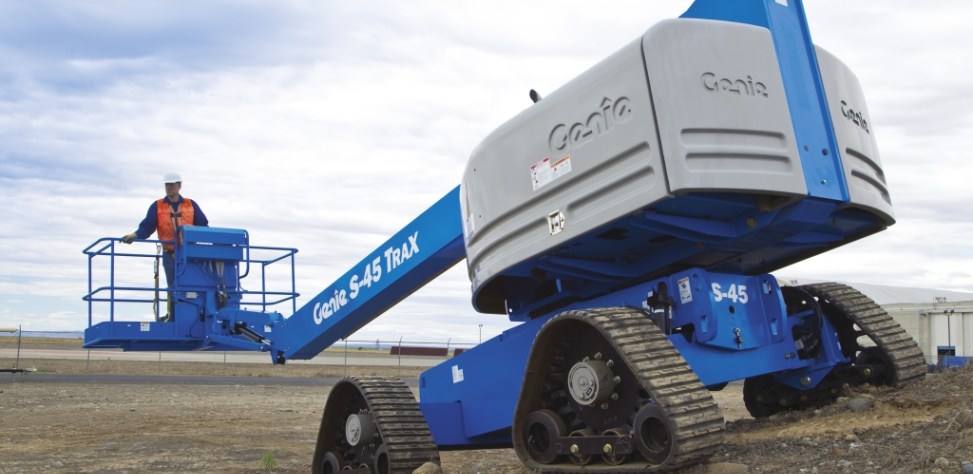Evaluating the Right Mix New, Used and Reconditioned MEWPs for Your Rental Fleet
by Genie On Feb 28, 2019, 03:00 AM
Subscribe To Aerial Pros
Filter by tags
The 1990s saw an explosion in the popularity of self-propelled mobile elevating work platforms (MEWPs) on construction and facilities jobsites. Since that time, MEWPs have shown a much longer lifespan in the secondary market, which has led to an increase in the confidence of used equipment — positively affecting demand. Today, rental business owners assess the right mix of both used and new equipment for their fleets.
So, why did used equipment see an increase in popularity? In part, this is due to advancements in the design engineering of the equipment. Custom factory-fitted aerial components have been rapidly developed due to the substantial size of the new aerials market with a focus on improved performance. Engines, valves, pumps and drive motors, as examples, all started to become more durable in aerial applications and helped to extend the life of the equipment.
Historical concerns over reliability and cost of ownership slowly eroded as OEM component manufacturers also began to provide parts for legacy and discontinued aerial models. This was again due to the large number of the units still operating in the field. Over time, fleet owners have become less concerned about the risk of scrapping older equipment models due to a relatively inexpensive item, like a $100-200 valve section, that they previously had not been able to source. Today, fleet owners have much greater confidence that their aerial equipment will be supported throughout its lifespan by the OEM.
It is important to note, that no matter how well a MEWP is taken care of, at some point maintenance costs will increase, and a new or reconditioned machine may provide a better rental return on invested capital (rROIC). As a fleet owner, you need to know your local customers’ preferences regarding age and condition of aerial equipment and weigh that against up market demand.
When it’s time to make the decision to replace older, used equipment, you have two options to consider: Purchase new or invest in reconditioned. How do you know which choice is best for your rental business?
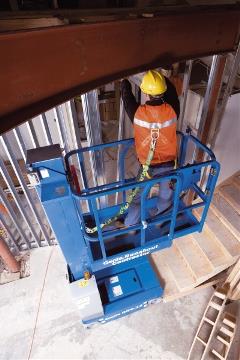 When considering purchasing new, it is important to understand what advantages these MEWPs offer you, and your customers. New high technology features, such as cycle speed, secondary operator protection and fuel efficiency, can be attractive to rental customers looking to enhance their productivity in certain applications. For example, the speed of operation of newer equipment is crucial when completing “cycle-heavy” applications, like window installation. Also, it is important to consider features, such as new secondary guarding accessories, like the Genie®Lift Guard™ Contact Alarm, back-up cameras, envelope controls and anti-collision alarms to be incorporated into your fleets. For instance, many of these features and technologies are now mandated by contractors or specific jobsite regulations, while others are not. Newer engine designs, especially hybrid or electric drives, as another example, are important for jobsites in environmentally sensitive areas.
When considering purchasing new, it is important to understand what advantages these MEWPs offer you, and your customers. New high technology features, such as cycle speed, secondary operator protection and fuel efficiency, can be attractive to rental customers looking to enhance their productivity in certain applications. For example, the speed of operation of newer equipment is crucial when completing “cycle-heavy” applications, like window installation. Also, it is important to consider features, such as new secondary guarding accessories, like the Genie®Lift Guard™ Contact Alarm, back-up cameras, envelope controls and anti-collision alarms to be incorporated into your fleets. For instance, many of these features and technologies are now mandated by contractors or specific jobsite regulations, while others are not. Newer engine designs, especially hybrid or electric drives, as another example, are important for jobsites in environmentally sensitive areas.
If new technology or features are a lower priority, reconditioned equipment may be a good alternative to consider. Reconditioned equipment, updated and certified by the OEM, can cover everything from the hydraulic, mechanical and electrical systems to steel covers, engine components, decals and manuals. The financial benefits of investing in reconditioned equipment have quickly caught on as fleet owners see the value add to their bottom line. As an example, a new MEWP might cost $90k and come with a 60-month payment schedule, repaying at $1,500 month and providing $2,300 in rental. Rather than purchase a new MEWP, a 10-year old certified reconditioned unit could be purchased at 65% of the new equipment rate, your payments would be less yet the MEWP would still maintain the $2,300 in rental revenue. This means that you could pocket $500 more per unit per month. This has prompted many rental companies to mix their fleets with 10-15% of reconditioned equipment, which translates to huge benefits to their bottom line.
The right mix of new, reconditioned and used aerial equipment for your fleet will be specific to your rental business. As you are weighing these decisions, it is important to carefully balance of the opinions of your key customers with the supply/demand scenario of your local rental market. This evaluation will give you a clear indication as to whether you will be able to get the same rate for a reliable machine, regardless of its age. After that, it is good to consult your tax professional about how to maximize the benefits of, as well as to reduce the risks of, different acquisition costs, finance rates and new tax laws that incentivize equipment purchasing decisions.
Related Posts
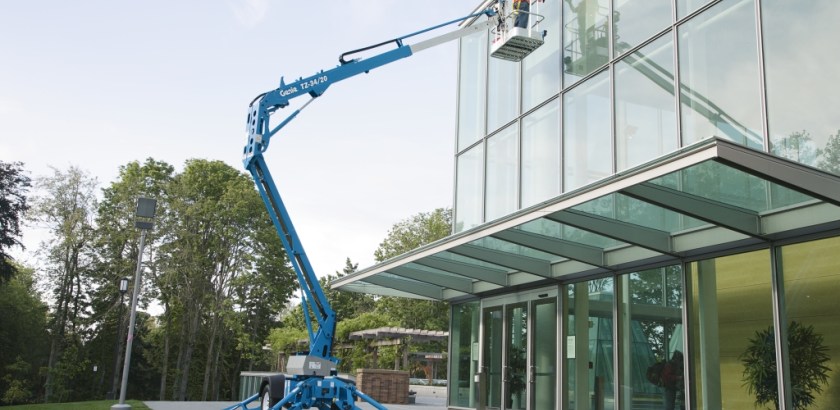
Trailer-Mounted Booms Are Staples in Rental Fleets
Trailer-mounted booms have become a staple in rental fleets of all sizes.
Continue Reading
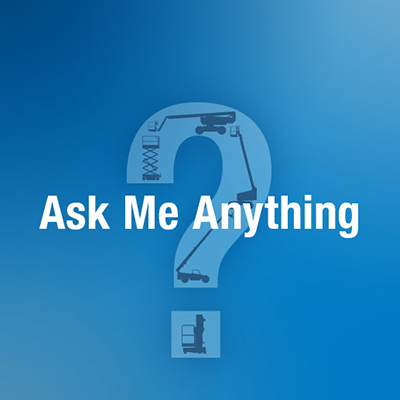
Genie® Certified Pre-Owned Equipment | Ask Me Anything Sept. 17th-21st
A huge thank you to everyone that participated in this Genie® Certified Pre-Owned Equipment | Ask Me Anything event!
Continue Reading
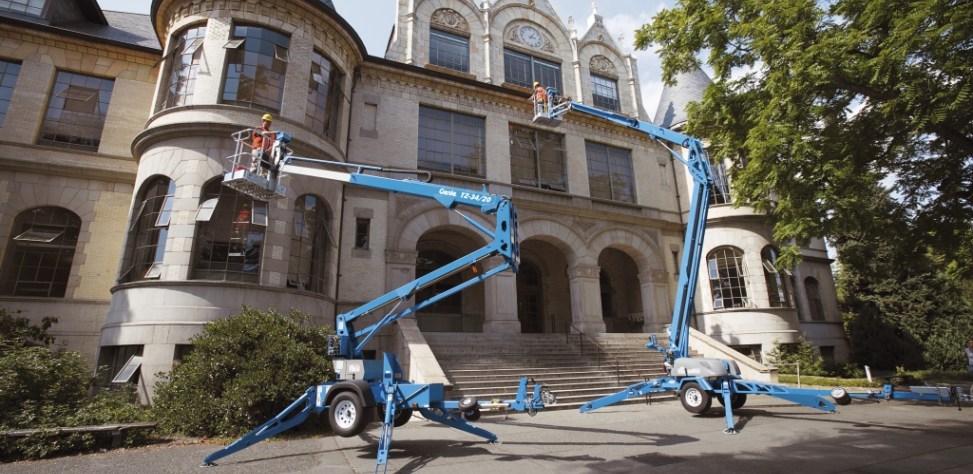
Buy Pre-Owned Aerials Like a Pro
Pre-owned mobile elevating work platforms (MEWPs) are increasingly popular in rental fleets.
Continue Reading


